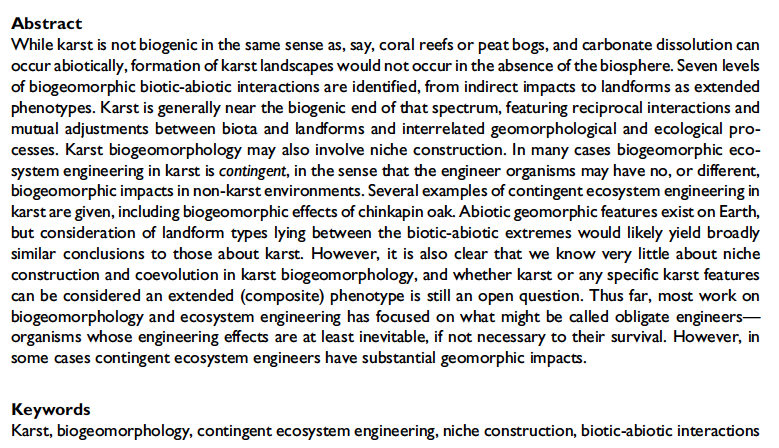How to Get Scientists to Ignore You
OK, so I tried to read Salvatore Engel-Di Mauro’s 2014 book, Ecology, Soils, and the Left: An Ecosocial Approach. As a geomorphologist who studies soil erosion (among other things), and as an environmentalist/conservationist interested in the human dimensions of erosion, it seemed a worthwhile piece of work (and probably is). Years ago I was greatly influenced by Piers Blaikie’s 1985 The Political Economy of Soil Erosion—it even inspired me to develop a (widely ignored and little used, but I tried) method for modeling/estimating soil erosion in less developed countries where technocentric North American and European approaches were unlikely to be applicable.
Blaikie critiqued—often strongly—geomorphologists, soil scientists, and engineers. But he did so without insults and putdowns of scientists and science.
Not so Engel-Di Mauro. A few samples:
Biophysical scientists have proven historically to be largely subservient to the ruling regime of the day (and sometimes emphatically aligned with the ruling classes).


